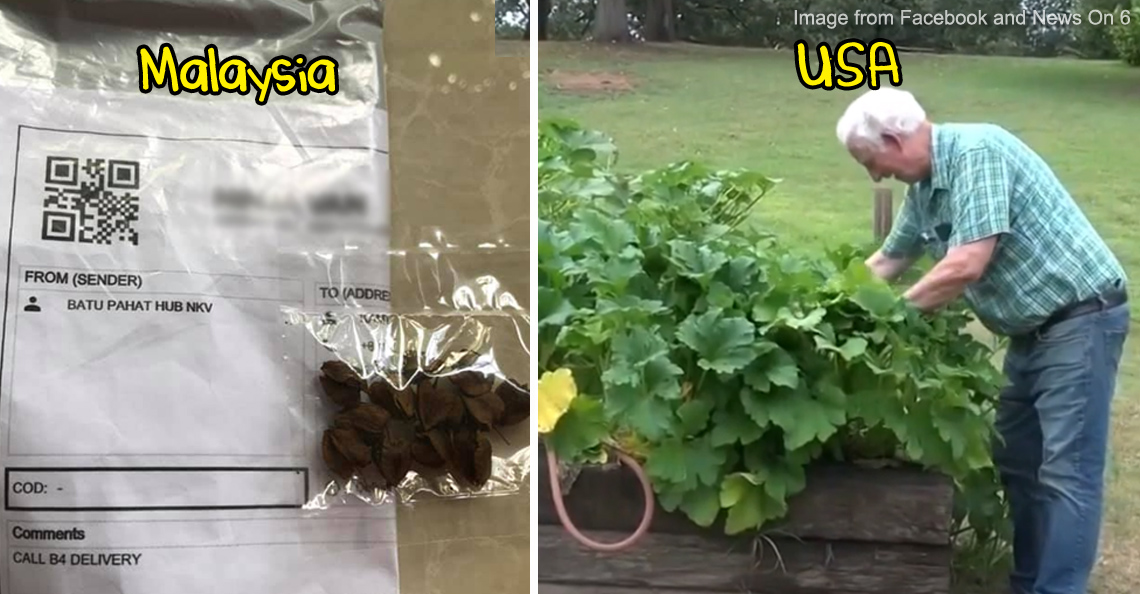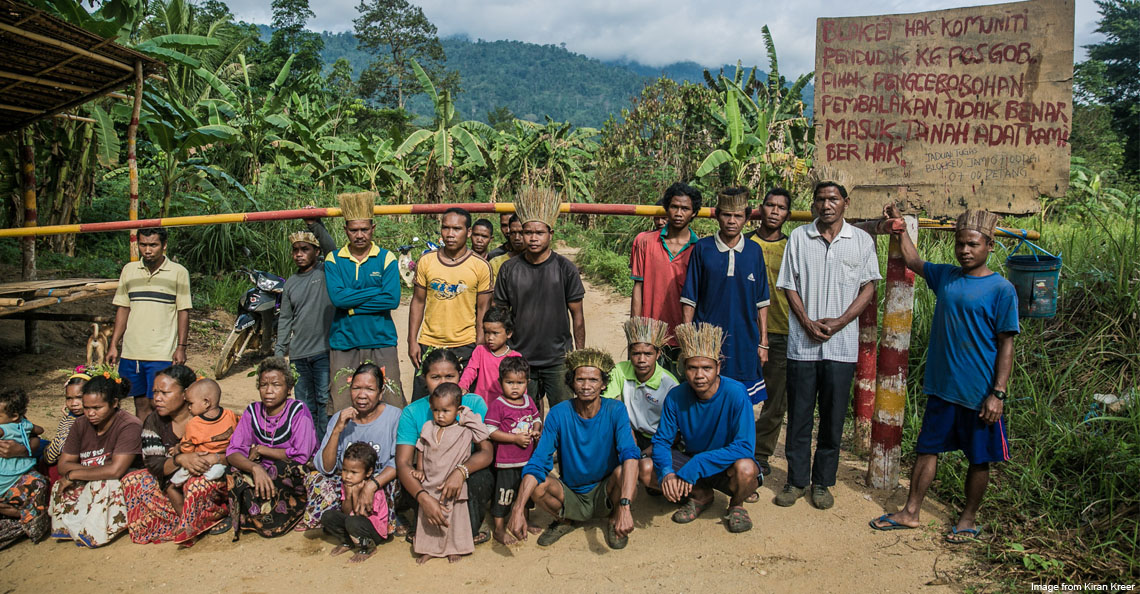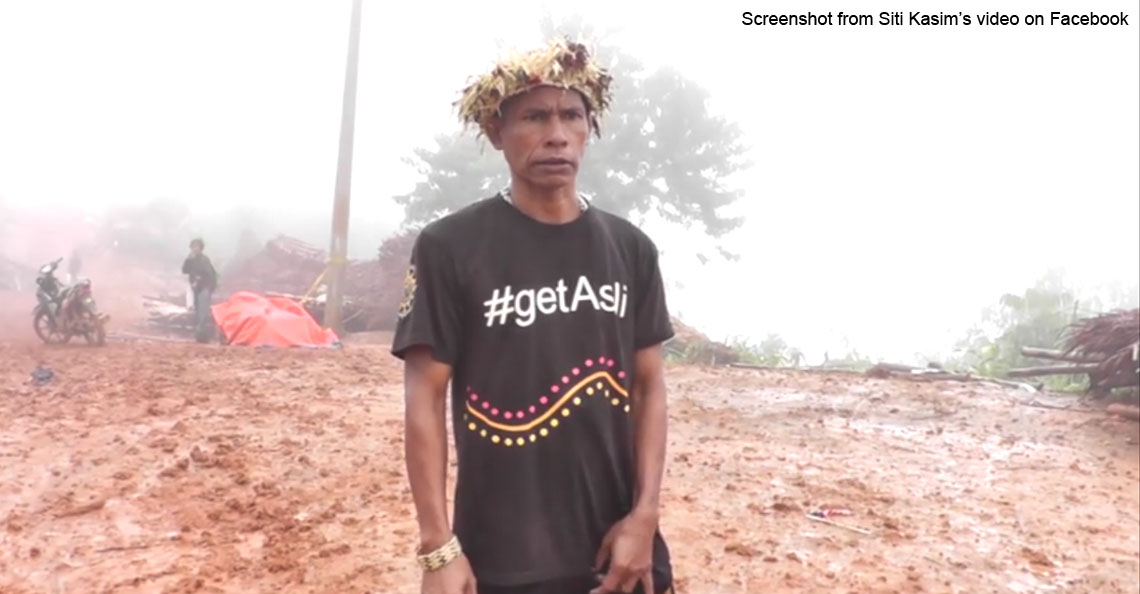The Orang Asli once saved British sailors by teaching them… to eat fruits
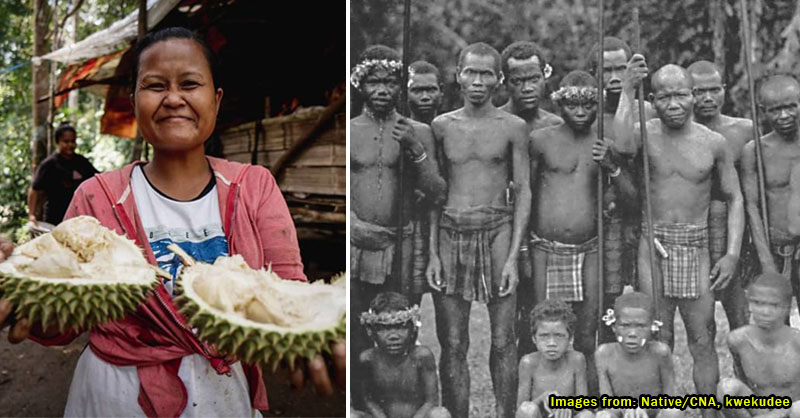
- 1.0KShares
- Facebook1.0K
- Twitter4
- LinkedIn6
- Email11
- WhatsApp18
Malaysians have made some remarkable claims in the past, but this one has got to be one of the biggest ones we’ve found: the sailors of the British East India Company may have started the practice of eating fruits for health after a group of Orang Asli introduced it to them.

So claims Teckwyn Lim, member of the Centre for Malaysian Indigenous Studies, University Malaya, and adjunct lecturer at the University of Nottingham, Malaysia. In his research paper “‘Sixteen Naked Indians’: First Contact between the British and the Orang Asli“, Lim documents how the first recorded encounter of British sailors with Orang Asli may have possibly led to their policy of consuming fruit to relieve scurvy (vitamin C deficiency).
Naturally, we found this really interesting, so we thought we’d take a closer look…
Back in 1591, British sailors didn’t really know how to treat scurvy
Don’t you just hate it when your lofty ambitions for conquest are sabotaged by an outbreak of bleeding gums? That’s exactly what happened to the Brits when they attempted to compete with the Spanish and Portuguese by setting up a trade route with the Spice Islands.
In fact, ‘scurvy and treachery’ had ravaged the British fleet of three ships so much that by 1592, only one ship, the Edward Bonaventure, was left:
“… at which time our men were very sicke and many fallen… Here we landed our sicke men on these uninhabited Ilands for their health, neuerthelesse 26 of them died…” – Edmund Barker, lieutenant of the Edward Bonaventure

Having nothing to treat the scurvy outbreak except oysters, whelks, and fish obtained from Penang Island, the captain of the Edward, James Lancaster, decided that they needed to sail towards the mainland to find fresh food.
Upon reaching, they found some interesting signs by a still-lit camp fire…
Any explorer worth their salt will know that usually, a fire = human life, and so, the crew of the Edward thought their prayers were answered when they spotted one. However, when they investigated, they found that whoever had used the fire had fled upon seeing the sailors. Lim suggests that this was due to the shy nature of the Peninsular forager groups:
“And comming on land we found the tracking of some barefooted people which were departed thence not long before: for we saw their fire still burning, but people sawe we none…” – Edmund Barker

Fortunately for Lancaster and his crew, the next day these locals (whom Lim believes to have been of the Semang ethnicity) mustered up enough men and courage to actually approach them at sea, sending out a greeting party to invite them ashore:
“The next day about two of the clocke in the afternoone we espied a Canoa [canoe] which came neere unto us, but would not come aboord us, having in it some sixteen naked Indians, with whome nevertheles going afterward on land, we had friendly conference and promise of victuals (food/provisions).” – Edmund Barker
(Not the most PC way to refer to them nowadays, but that was what the man wrote)
Anyway, while Barker mentions ‘victuals’, he did not go into detail as to what was exchanged; Lim theorizes that Lancaster must have struck a deal with the locals, possibly resulting in ‘their first wholesome dinner in months’. Now fully-fed, the next day the Edward intercepted and hijacked a Portuguse-owned Burmese ship carrying spices, cos, well, why not?
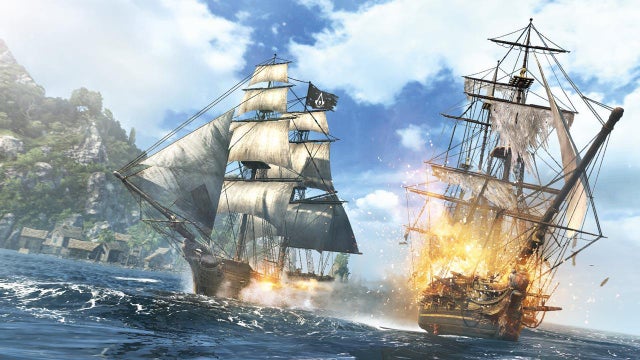
Although it isn’t known for sure if this specific encounter taught Lancaster the benefit of treating scurvy with fruit, he would henceforth make it a point to spoon-feed his men with a daily dose of lemon juice, since lemon juice is an excellent source of vitamin C. This practice which was later adopted by the East India Trading Company as a whole.
Despite this, the Edward would later end up lost at sea in the Caribbean. As for Lancaster, well, he eventually found his way back home, later planting the British flag in Bantam, Java, earning a knighthood, and serving as a director for the East India Company until his death in 1618. Err… happily ever after, we guess?
Lim hope his paper will serve as a permanent record of Orang Asli contributions towards history
Sadly, we don’t actually get to hear much about Orang Asli in our history books, although we did run a piece a while back about how, ironically, it was the Brits who tried to eradicate the Orang Asli slave trade in old Malaya.
Even the Penang encounter (as this meeting between the crew of the Edward and the Orang Asli was dubbed) would have been all but forgotten, if not for research done by people like Lim. And it’s truly a shame, because Orang Asli have actually contributed much to our history, and still do to this day. Some have even died for us; just take a look at the heroics of the Senoi Praaq during the communist insurgency.

Thanks to people like Lim, their stories and histories are kept alive, but hopefully more will take an interest in them, because we’re sure there’s a whole treasure trove of untold stories in the extremely vast lore of the Orang Asli.
Special thanks to Teckwyn Lim for bringing our attention to this story, and also for his tireless research into the Orang Asli communities of Malaysia.
- 1.0KShares
- Facebook1.0K
- Twitter4
- LinkedIn6
- Email11
- WhatsApp18

